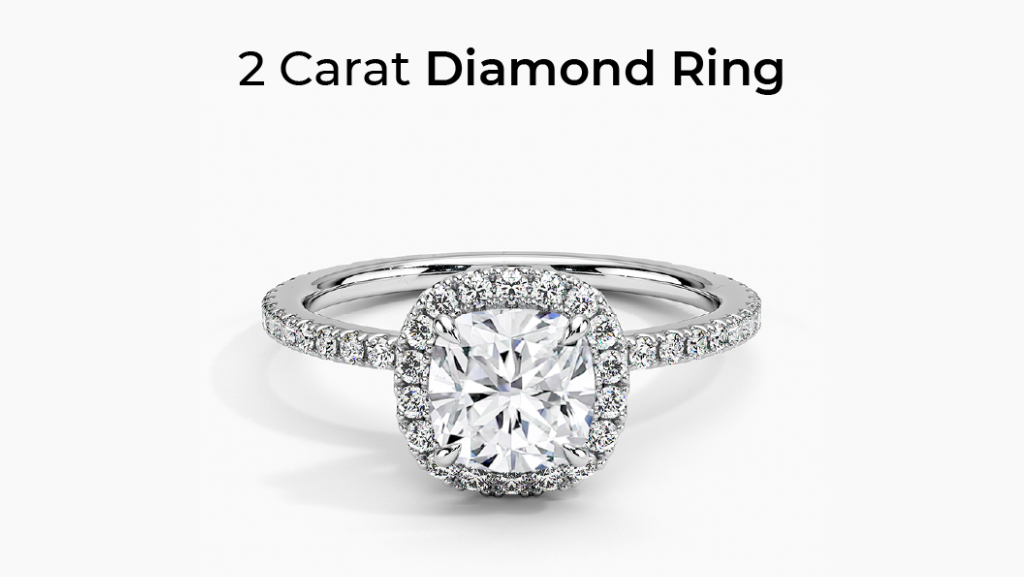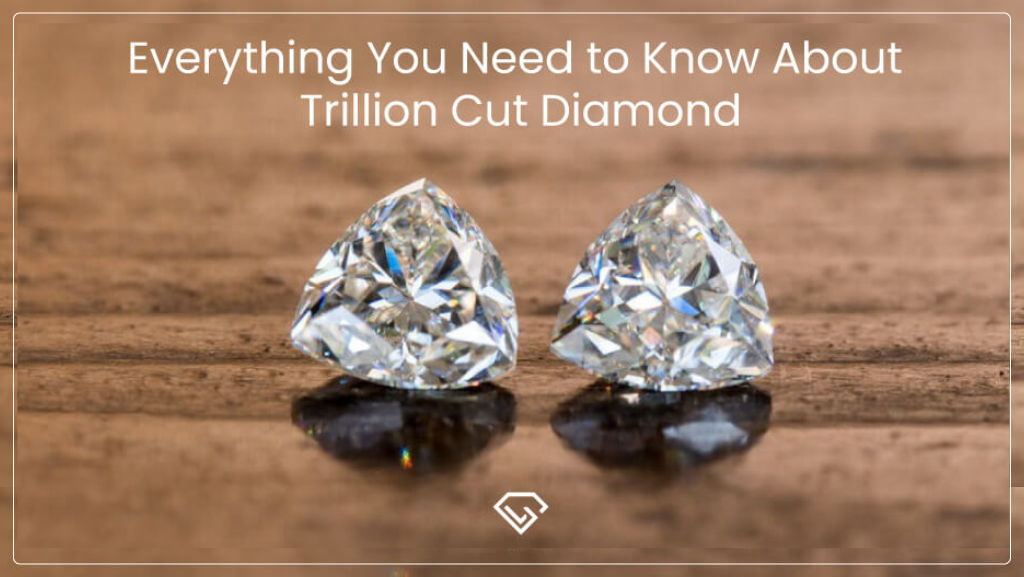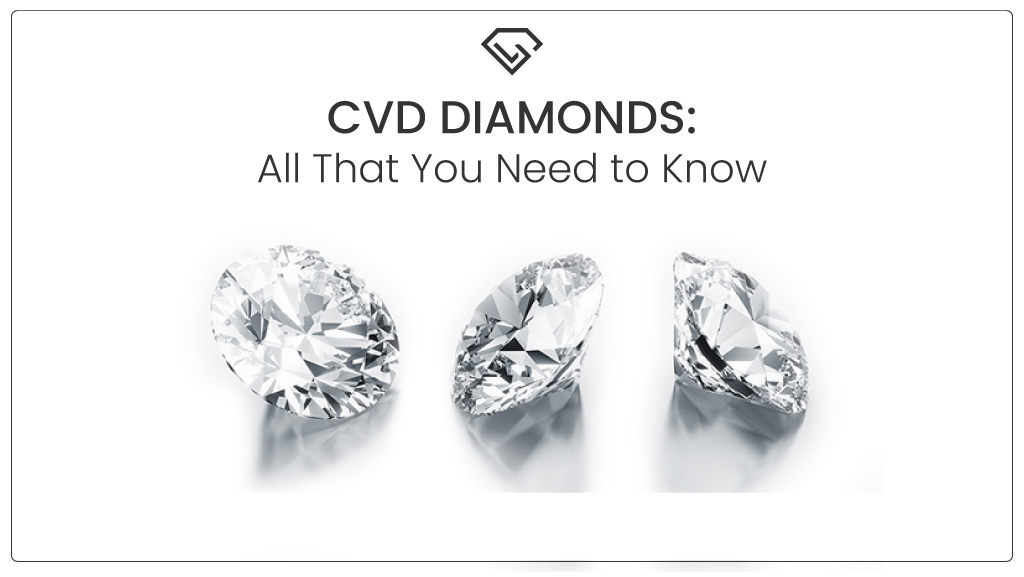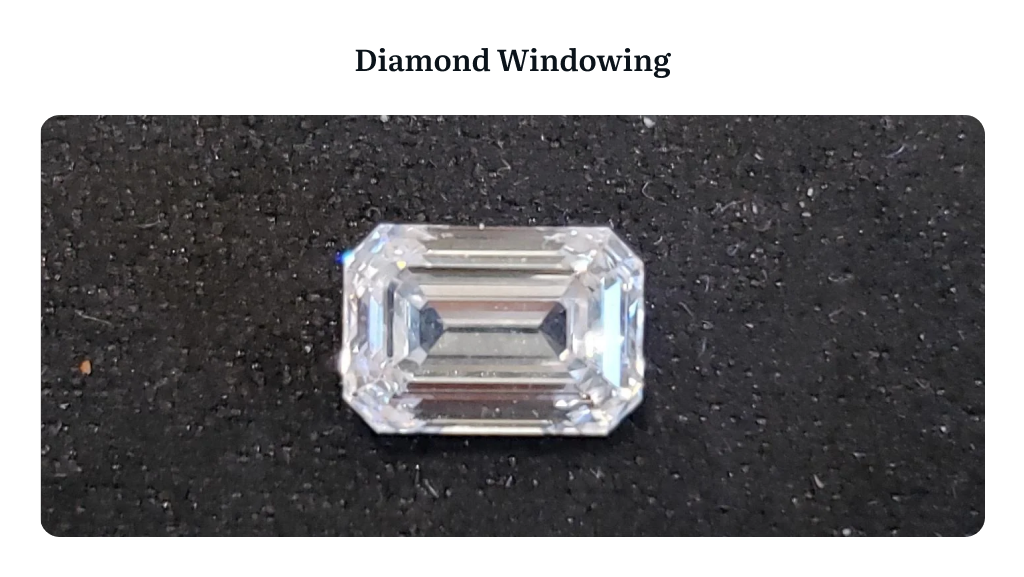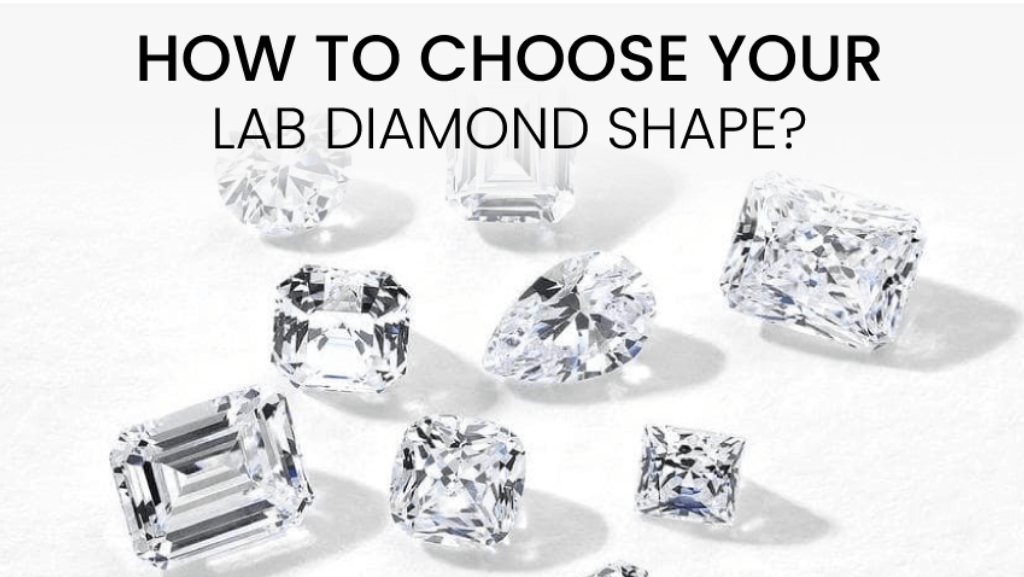VVS Diamonds: The Industry Standard for Diamond Clarity
You might be wondering if the VVS diamonds are not top-grade diamonds, so why have we named them the dream diamonds? Well, the answer is simple, VVS diamonds or very very slightly included diamonds are as close as you get to flawless diamonds but without the exorbitant cost attached to them.
If you are someone who either is not able to buy a flawless diamond or does not have the time to look for it, a VVS diamond clarity can be a lifesaver. We are here to sing their praises and tell you why we are doing so. Here are all the reasons why you should love VVS diamonds as much as we love them!
What Are VVS Diamonds?
Very very slightly included diamonds are a diamond rating given to those diamonds with slight inclusions. Inclusions are slight imperfections inside the diamond. Inclusions formed in a diamond are a natural part of the diamond-forming process, and they appear while the diamond is undergoing extreme heat and pressure.
Inclusions are an essential part when grading the clarity of the diamonds: the higher the inclusions, the lower the clarity grade. Very Very slightly included diamonds are the third level on the clarity scale. There are two subclasses in the category of VVS diamonds. VVS1 and VVS2 diamonds are divided based on the number of inclusions and their visibility in the diamond.
What Are VVS1 Diamonds?
The VVS1 diamond grading comes just after the grading of internally flawless diamonds. The straightforward thing about VVS1 diamonds is that the inclusions in these diamonds are not visible even after maximum magnification.
Only a trained gemologist with a suitable microscope or magnifying glass can spot any inclusion in the VVS1 diamond. VVS1 grade is obtained by inspecting the size and location of the inclusions present in the gem.
A trained professional ensures that all inclusions are not visible even after 10x of magnification, and only then can the diamond be graded as a VVS1 diamond.
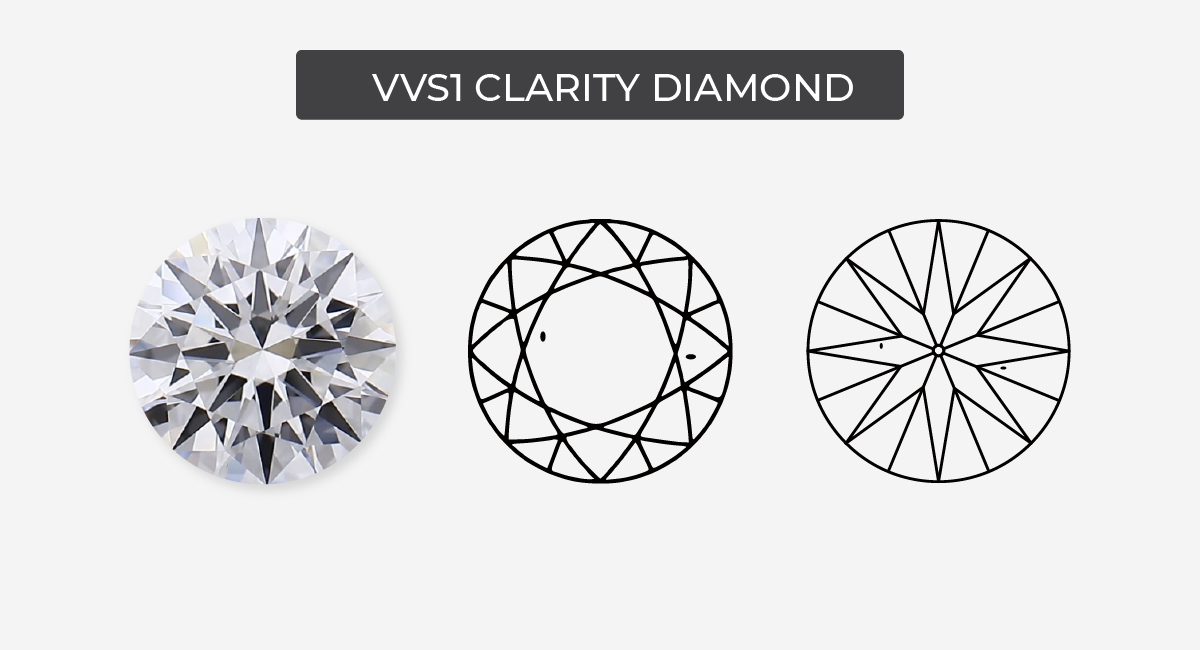
Other than the size of the inclusion, even the location of the inclusions is taken into account when grading the diamond’s clarity. Gemologists work along with diamond graders to analyze the number of inclusions the location of inclusions in the size of inclusions to put them in the proper category that will define their grading.
The inclusion location significantly affects whether the inclusion will be visible to the naked eye or not.
Shape
Carat
Cut
Color
Clarity
Price
oval
2.03
Ideal
E
VVS1
$1176 $1120
View
cushion
2.03
Ideal
D
VVS1
$1117 $1064
View
oval
2.09
Ideal
F
VVS1
$1324 $1261
View
oval
3.03
Ideal
F
VVS1
$2065 $1967
View
round
2.29
Ideal
D
VVS1
$1551 $1477
View
princess
2.64
Ideal
E
VVS1
$1492 $1421
View
round
1.91
Excellent
D
VVS1
$1631 $1386
View
princess
1.74
Excellent
D
VVS1
$989 $742
View
cushion
2.09
Ideal
E
VVS1
$1179 $884
View
emerald
2.09
Ideal
E
VVS1
$909 $682
View
cushion
2.10
Ideal
D
VVS1
$1803 $1352
View
pear
2.05
Ideal
F
VVS1
$1160 $870
View
pear
3.05
Ideal
E
VVS1
$3715 $2786
View
pear
3.04
Ideal
F
VVS1
$3176 $2382
View
pear
3.08
Ideal
E
VVS1
$3749 $2812
View
emerald
2.05
Ideal
E
VVS1
$805 $604
View
pear
3.06
Ideal
E
VVS1
$3725 $2794
View
round
2.22
Excellent
G
VVS1
$929 $790
View
round
1.83
Excellent
G
VVS1
$1205 $1024
View
cushion
2.10
Ideal
G
VVS1
$109983 $82487
View
What Are VVS2 Diamonds?
The second grade of the Very Very Slightly Included is classified on the basis that the inclusions present within the diamond are barely visible to the naked eye upon 10x magnification. Similar to VVS1 the grade VVS2 is given based on the size of inclusion, location of inclusion, and even color. Only a trained professional gemologist will be able to spot these inclusions upon verification.
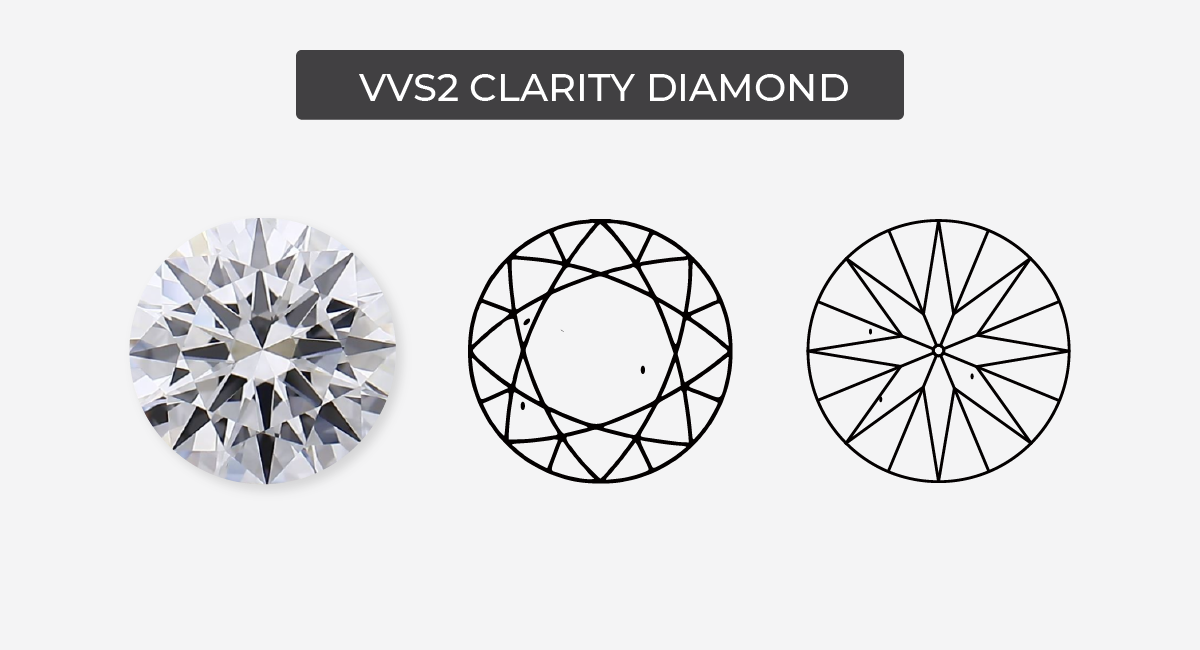
Shape
Carat
Cut
Color
Clarity
Price
princess
2.01
Ideal
E
VVS2
$623 $593
View
cushion
2.02
Ideal
E
VVS2
$773 $580
View
round
2.05
Very Good
D
VVS2
$2906 $2470
View
cushion
2.02
Ideal
E
VVS2
$773 $580
View
cushion
2.07
Ideal
E
VVS2
$792 $594
View
cushion
2.09
Ideal
E
VVS2
$797 $598
View
cushion
2.10
Ideal
E
VVS2
$851 $638
View
cushion
2.10
Ideal
E
VVS2
$851 $638
View
cushion
2.06
Ideal
E
VVS2
$787 $590
View
cushion
2.10
Ideal
E
VVS2
$851 $638
View
cushion
2.03
Ideal
F
VVS2
$741 $556
View
cushion
2.06
Ideal
G
VVS2
$917 $688
View
cushion
2.10
Ideal
D
VVS2
$853 $640
View
round
2.09
Ideal
G
VVS2
$1275 $1084
View
round
2.00
Excellent
G
VVS2
$553 $470
View
cushion
2.09
Ideal
F
VVS2
$1733 $1300
View
round
2.05
Excellent
G
VVS2
$1438 $1222
View
round
2.07
Excellent
G
VVS2
$1452 $1234
View
round
2.08
Excellent
G
VVS2
$1459 $1240
View
round
2.01
Ideal
H
VVS2
$673 $572
View
How Are VVS Diamonds Graded?
Any diamond is mainly checked for four parameters when it is being graded: the cut, the clarity, the color, and the diamond’s carat. This is more than often called the 4C rule of the diamond industry. The grading signifies the quality and cost of the diamond.
The process of grading a diamond’s clarity starts with first checking the number of inclusions in the diamond. Once the number of inclusions is recorded, the size and density of the inclusions are analyzed. If the inclusions are small in size and are far apart from each other, then the clarity grade is high, but if the size of the inclusions is big and they are close by, the clarity grading of diamonds goes down.
Another important factor taken into account when checking clarity is visibility. If the inclusions are visible, then the grading is low. The visibility is heavily affected by the location of the imperfection.
An excellent example of this would be if inclusions are found beneath the table of the diamond that is far more visible than the encryption that is on the sides of the diameter of the diamond; this is what the gemologist checks for and puts diamonds in different clarity gradings.
After checking all of these parameters, a diamond is graded. VVS diamonds have minute inclusions that have low visibility. VVS1 diamonds in specific have inclusions that are only visible under 10x magnification, and that too with a diamond-specific magnifying glass called a loupe. VVS2 diamonds possess relatively more inclusions than VVS1.
Also Check: Lab-Grown VVS Diamond versus VS Diamond: What’s the Difference
VVS Diamond Price
You may have searched this question online: “What is the cost of a 1-carat VVS diamond?”. And might not have gotten an exact number. Well, that is because the cost of such a gem depends on the 4Cs, and as these vary from stone to stone, the prices will also fluctuate.
To give you a broad idea, the cost of a 1-carat VVS diamond will be around $2000 to $6000 per carat. If you go higher in color, like a D-colored, VVS round diamond with an ideal cut, the price can go up to $8,000 per carat.
In the VVS grade, VVS1 diamonds will be more expensive than VVS2 diamonds, which will be more expensive than VS1 diamonds, and so on.
For a more affordable alternative, you can opt for a lab grown VVS diamond, which will be around 40% cheaper.
How Much Do The VVS Diamonds Cost?
In the better part of the last decade, the value and reputation of VVS diamonds have only seen a positive rise because they are affordable yet of excellent quality.
Many in the diamond world appreciate the amazing pricing of VVS diamonds simply because you pay considerably less than what you would pay for a Flawless grade diamond or an Internally Flawless grade diamond. Still, at the same time, it is almost impossible to differentiate between a VVS-grade diamond from its higher-rated diamond counterparts.
However, the actual cost of a VVS diamond is also dependent on other factors, like if you choose a VVS1 or VVS2 grade diamond. The final price is also affected by three other factors: color, carat, and cut.
What Is The Difference Between VVS1 Diamonds And VVS2 Diamonds?
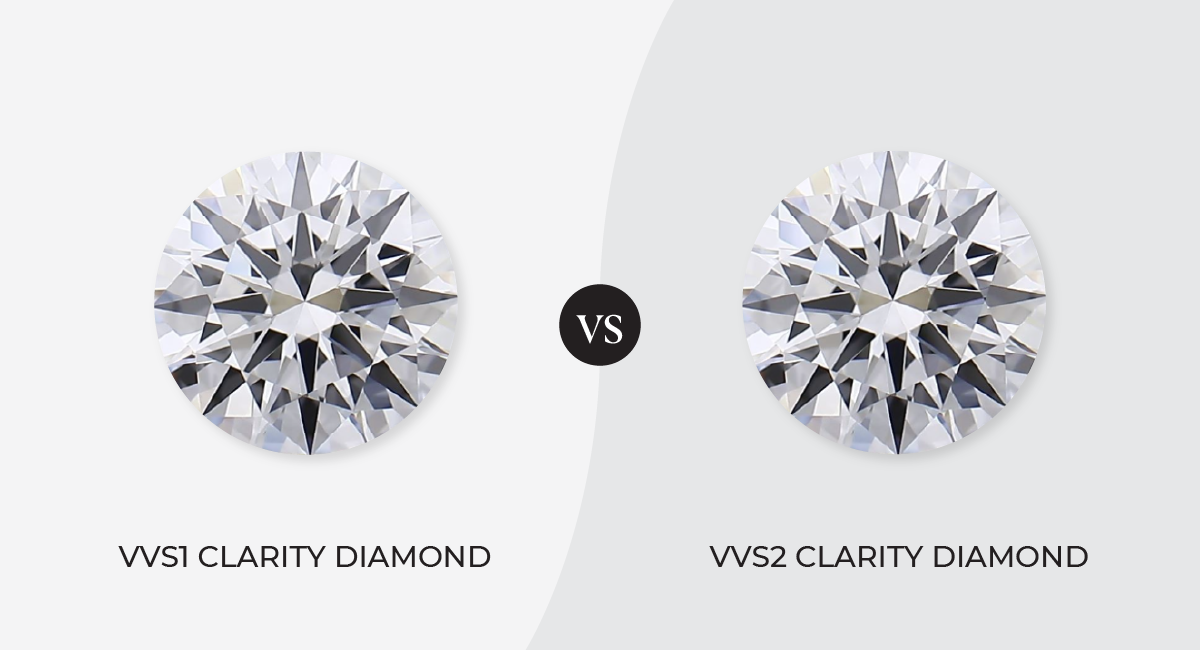
The difference between Very Very Slightly Included diamonds in the first category and Very Very Slightly Included in the second category depends on the imperfections’ visibility and location. VVS1 diamonds often possess some inclusions that are not visible to the naked eye; this is because of the size of the inclusion and the location of inclusion.
However, in VVS2 diamonds, the location or size of the inclusions are such that they might be visible to the naked eye at times without even a diamond-specified magnifying glass.
What To Look Or When Buying VVS Diamonds?
Many people have a lot of confusion when they go diamond shopping. The myth about buying diamonds is that only the highest grades are of actual value, but in reality, diamonds that look the same have similar values in the retail market.
Diamonds are not just pretty stones, they are also a great asset to have, which someone should invest in with utmost care. VVS diamonds have almost the same value as Flawless or Internally Flawless diamonds. VVS diamonds are a great investment as they are priced not too high, and they still remain a great investment.
You should definitely use online tools available to assess the value of the diamond and cross-check it with various certified retailers.
You can use our diamond price calculator to determine the right price for your diamond. If you have access to gemologists, a good idea is also to get your diamond checked to ensure the quality of the product you are buying.
Why Choose VVS Diamonds?
If you’re still wondering why you should buy VVS diamonds, here are all the reasons you should. First is the brilliance of VVS diamonds. They have minimal flaws, and hence they have great sparkle.
Secondly, the cost of the diamond is quite affordable, and yet they look virtually the same as higher clarity grade diamonds. Lastly, VVS diamonds are a great financial investment, and their value is generally appreciated with time.
Where To Buy VVS Diamonds?
VVS diamonds are one of the most popular diamonds in the market for engagement rings. This does not mean that it is super easy to buy them. You need to be very careful when choosing the jeweler or the retailer you’re purchasing diamonds from.
Make sure you only approach retailers who have received certification from verified diamond authorities like the Gemological Institute of America (GIA) or the International Gemological Institute (IGI), or Gem Certification & Assurance Lab (GCAL).
We at Loose Grown Diamond offer a wide range of VVS1 and VVS2 diamonds with proper certification from GIA, GCAL or IGI. Be sure to check out our inventory. Additionally, unlock exclusive savings with our promo code to enhance your diamond shopping experience.
Conclusion
VVS diamonds are a great buy. They offer many advantages like being cost-friendly, having excellent quality, and valuing money. It depends on your personal preference or requirements for a VVS1 diamond or a VVS2 diamond.
Remember to be super careful when choosing who to buy your diamonds from and always check the retailer’s credentials and from which statutory body they have gotten their certification. There are many reasons to buy VVS diamonds, and they make for a beautiful piece of jewelry and investment.
Frequently Asked Questions (FAQs)
Should I purchase a VVS diamond?
VVS diamonds are a great buy, but they might not be the perfect diamond for everyone, so here is a list of pros and cons for you to understand if it is the dream diamond for you.
Who should buy a VVS diamond?
If you are someone with a decent budget which is maybe not fitting for F or IF clarity grade but a little lower than that, VVS diamonds are perfect. If you do not wish to compromise much on quality, then again, VVS diamonds are a good buy for you. If you are someone who likes to explore different cuts, sizes, and colors, then you should know that VVS diamonds are super flexible with different cuts, colors, sizes and designs as well.
Who shouldn’t buy VVS diamonds?
If you are running on a tight budget, then VVS diamonds are not the perfect buy for you because their price can be a bit expensive. If you are someone who absolutely does not wish to compromise on quality, then again, you should look for a higher clarity grade in a diamond.
We would suggest you explore VS diamonds as they can be a great and adjustable alternative that might suit your requirements better than VVS clarity diamonds.

